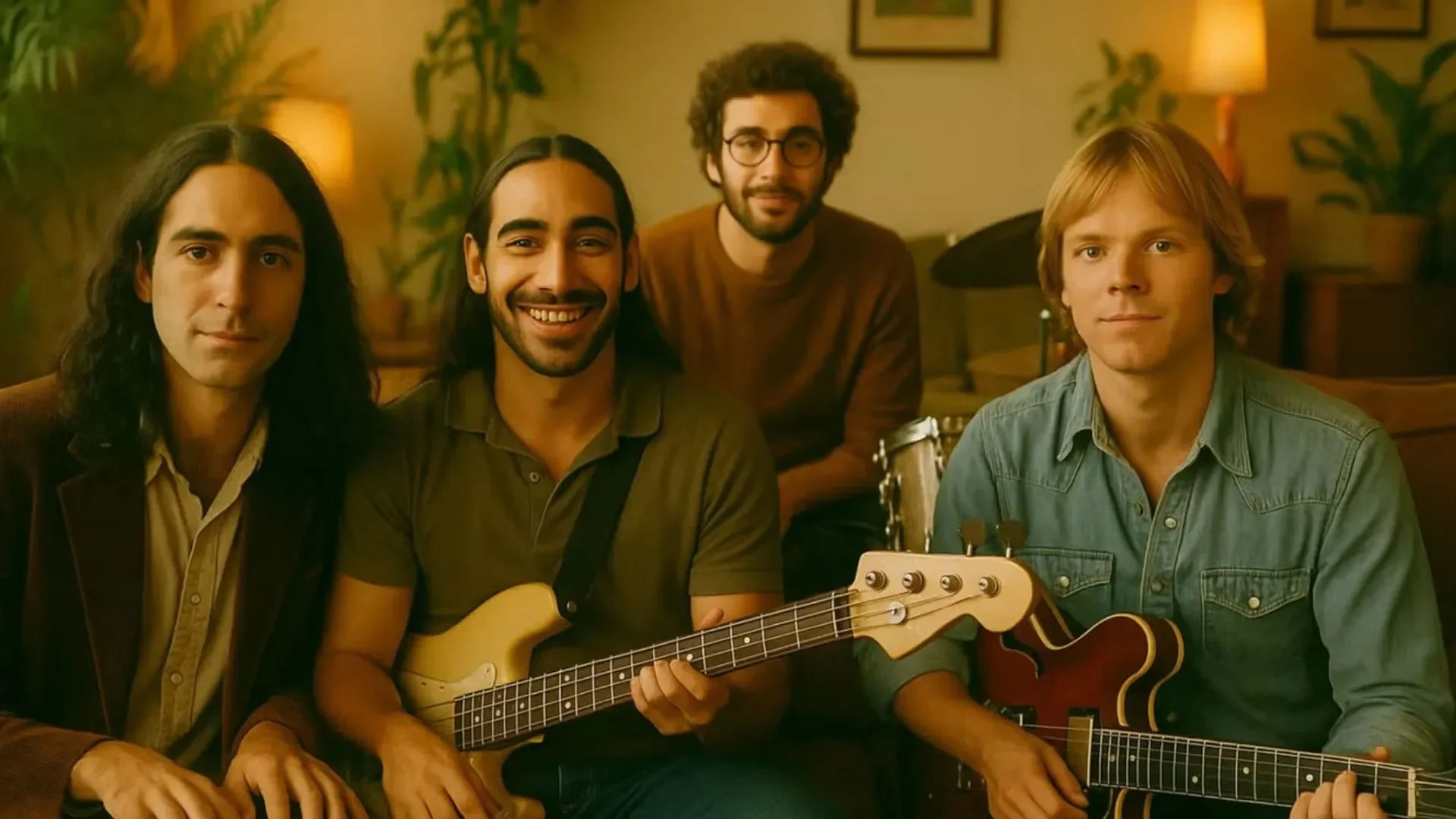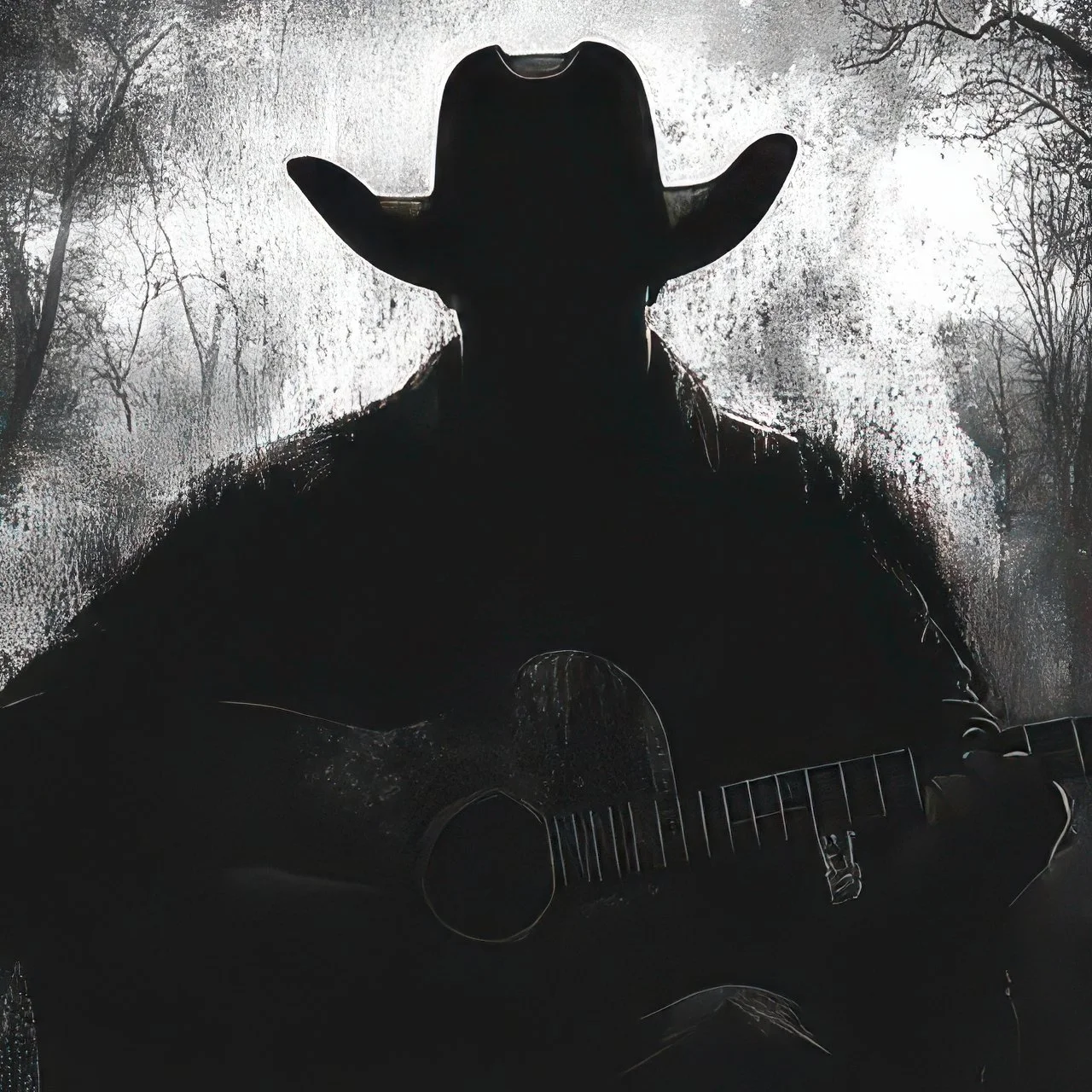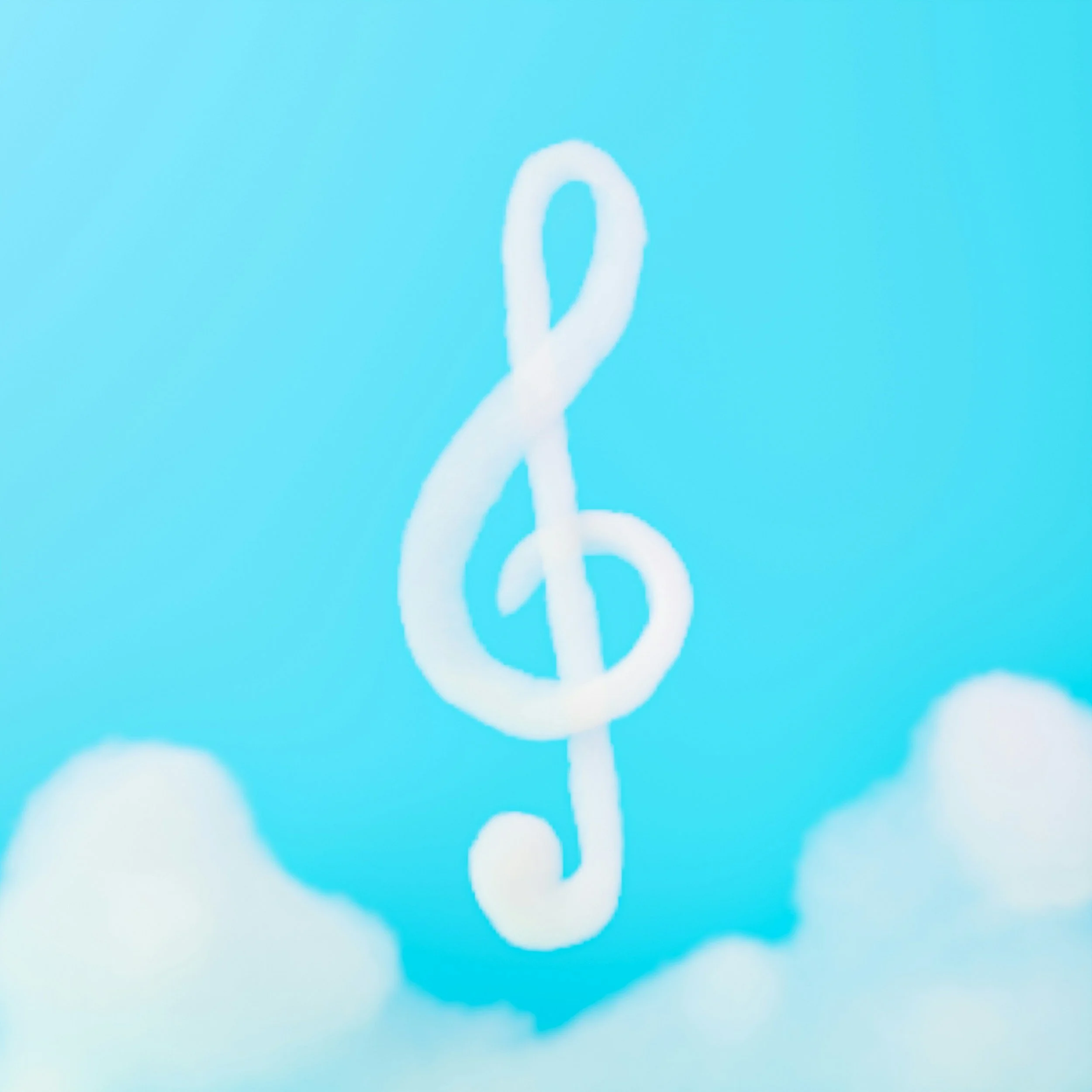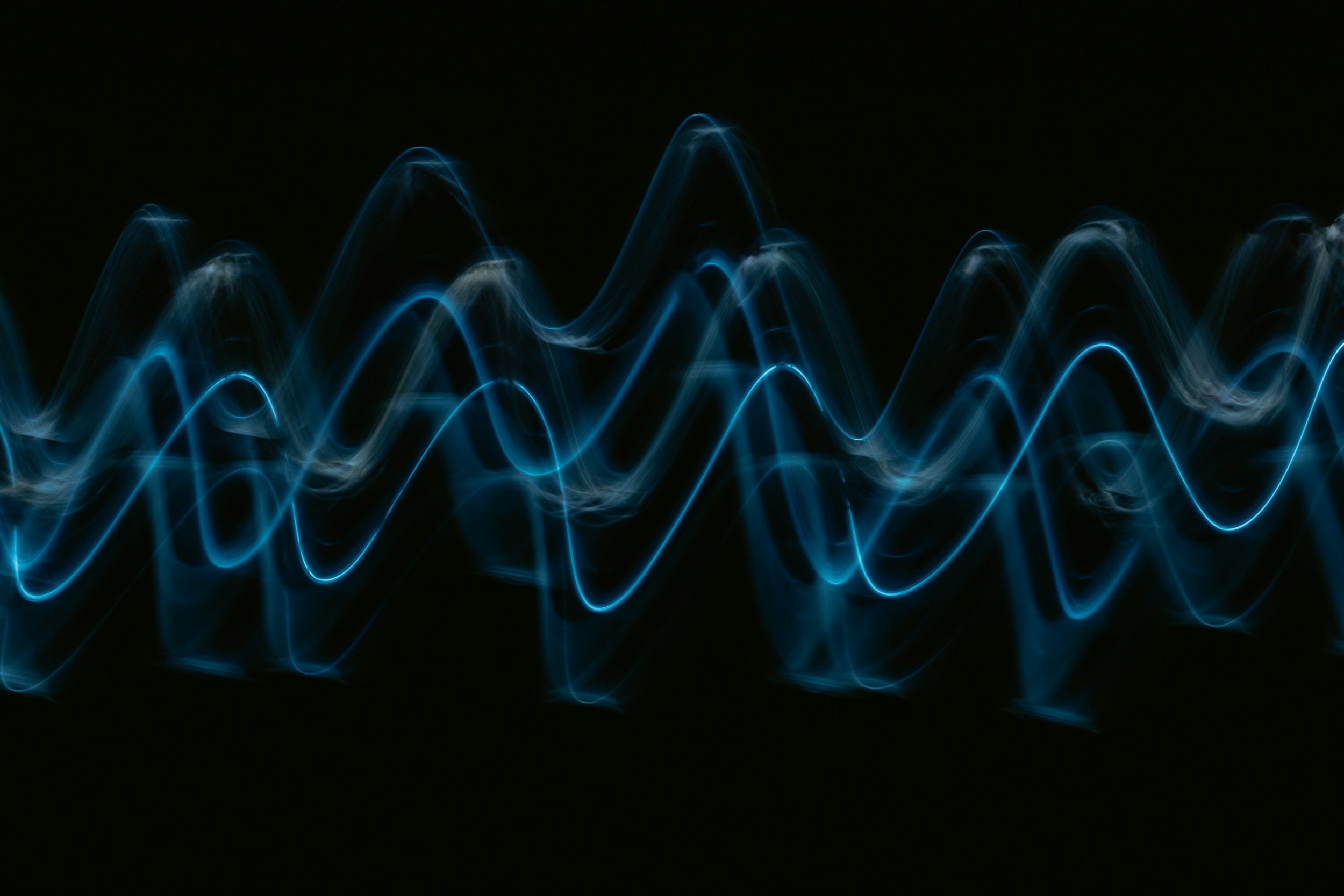YouTube Introduces AI-Powered 'Music Assistant' for Custom, Copyright-Free Tracks
Image Credit: Ilgmyzin | Splash
YouTube has introduced a new AI-based tool called Music Assistant, which allows content creators to generate custom, royalty-free instrumental music for their videos. Announced on April 10, 2025, via YouTube’s Creator Insider channel, the feature is currently rolling out to U.S.-based creators who are part of the YouTube Partner Program. It is part of the broader Creator Music marketplace, which launched in 2023 to facilitate access to licensed and copyright-safe music.
[Read More: YouTube Launches AI Music Remixes, Live-Stream Reminders, and Shorts Conversion Updates]
How Music Assistant Works
Music Assistant is located within the Creator Music beta section of YouTube Studio. It enables creators to input text prompts describing the kind of music they need, including characteristics such as genre, instruments, mood, or intended use (e.g., “motivational piano for workout montage”).
Once a prompt is submitted, the tool generates several instrumental tracks for preview and download. These tracks are designed to be used in video editing software and are cleared for copyright use on the platform. Suggested prompts are available for users who may be unfamiliar with musical terminology.
Although the tool is intended to offer ready-to-use music, YouTube has not yet disclosed certain technical details such as the standard track length, audio bitrate, or whether post-generation editing—such as adjusting tempo or instrumentation—will be supported in future updates.
[Read More: YouTube Music is Using AI to Fit into Your Mood?]
Functional Role and Accessibility
The text-based interface allows creators to describe their musical needs without requiring advanced knowledge of composition. This may benefit both newer users and experienced video producers seeking quicker access to background audio. The feature generates music on demand, offering a more targeted alternative to browsing pre-existing stock music libraries.
Because Music Assistant is built directly into YouTube Studio, it allows creators to handle music generation within their existing content production workflow. However, it remains unclear whether the tool produces unique outputs for each user or if similar tracks may appear across multiple channels.
[Read More: Your “Personal” YouTube Videos Help Train the Next Tech Revolution?]
Context in AI Music Development
Music Assistant follows earlier AI experiments by YouTube, such as Dream Track, which allowed users to create short musical clips based on humming, with assistance from Google DeepMind's Lyria model. In contrast to Dream Track’s artist-mimicking short clips, Music Assistant focuses on longer instrumental compositions for broader content applications.
Other major tech companies are also exploring similar tools. Meta has released open-source models like AudioCraft and MusicGen, while Stability AI has developed diffusion models capable of generating background audio. Unlike many of these standalone tools, Music Assistant functions within a larger content ecosystem, potentially simplifying music-related tasks for active YouTube creators.
Impacts on Content Creators and Industry
For creators, Music Assistant may help streamline the process of adding background music without relying on third-party music libraries or incurring licensing fees. This could be particularly useful for smaller or independent creators who may not have access to subscription-based services or large music budgets.
However, the introduction of AI-generated music also raises broader questions about its impact on the traditional stock music industry. Musicians and composers who depend on licensing income may be affected if demand shifts toward algorithmically generated alternatives. As a result, Music Assistant’s broader adoption may influence existing music licensing models over time.
[Read More: Are You Ready to Generate Your Own Music?]
Rollout and Outlook
YouTube has not yet announced a timeline for a global rollout. The current availability is limited to a subset of creators in the United States. YouTube has indicated that future improvements will be based on user feedback, with a focus on refining generation quality and user experience.
Additional capabilities—such as customization, integration with editing timelines, or inclusion of vocals—may be introduced in future updates. However, expanding into areas like voice synthesis or real-time generation would involve further ethical and copyright considerations.
[Read More: Artists Unite Against AI in Music: A Call for Creativity and Fairness]
Source: The Verge, Tech Crunch, Music Business Worldwide











